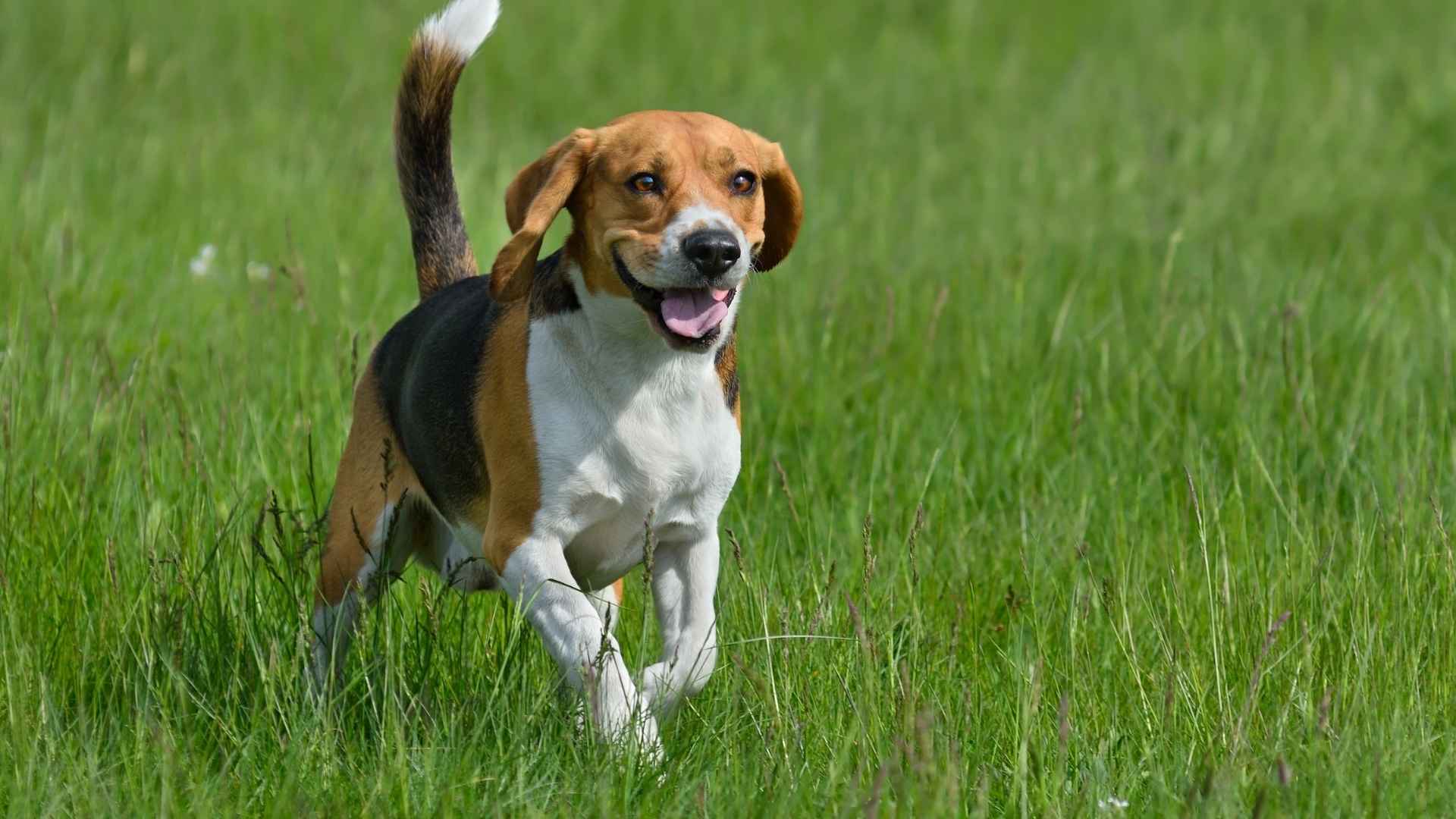We’ve all seen the dogs that panic around noise, avoid eye contact, and hide when visitors arrive. It’s hard to watch. But not all dogs are wired that way. Some come into your life like they’ve always been part of it.
They don’t need warming up—they’re already warm. They walk up to strangers without a second thought. They don’t just go to the park—they run the park. They’re not loud or reckless, but everything about them says one thing: I belong here.
For anyone who wants a dog that never hesitates, one that brings calm confidence to every corner of your world, this is for you.
By the time you reach the end of this article, you’ll know which breeds are born with that magic, and you’ll never see dog personalities the same way again.
Dog Breeds That Are Never Shy
1. Labrador Retriever

Labradors approach strangers with the same ease as they greet familiar faces—tail high, stance relaxed, and eyes scanning for interaction. They’re often the first to bridge gaps in group settings, sensing hesitation in others and stepping forward. It’s not boldness for attention—it’s natural, practiced ease.
Confident in Crowded Spaces
Their comfort in active environments comes from generations of adaptability in field and service roles. Whether it’s a bustling home or an unfamiliar park, they remain poised. It’s that same balance that makes them steady even when surrounded by other dogs in motion.
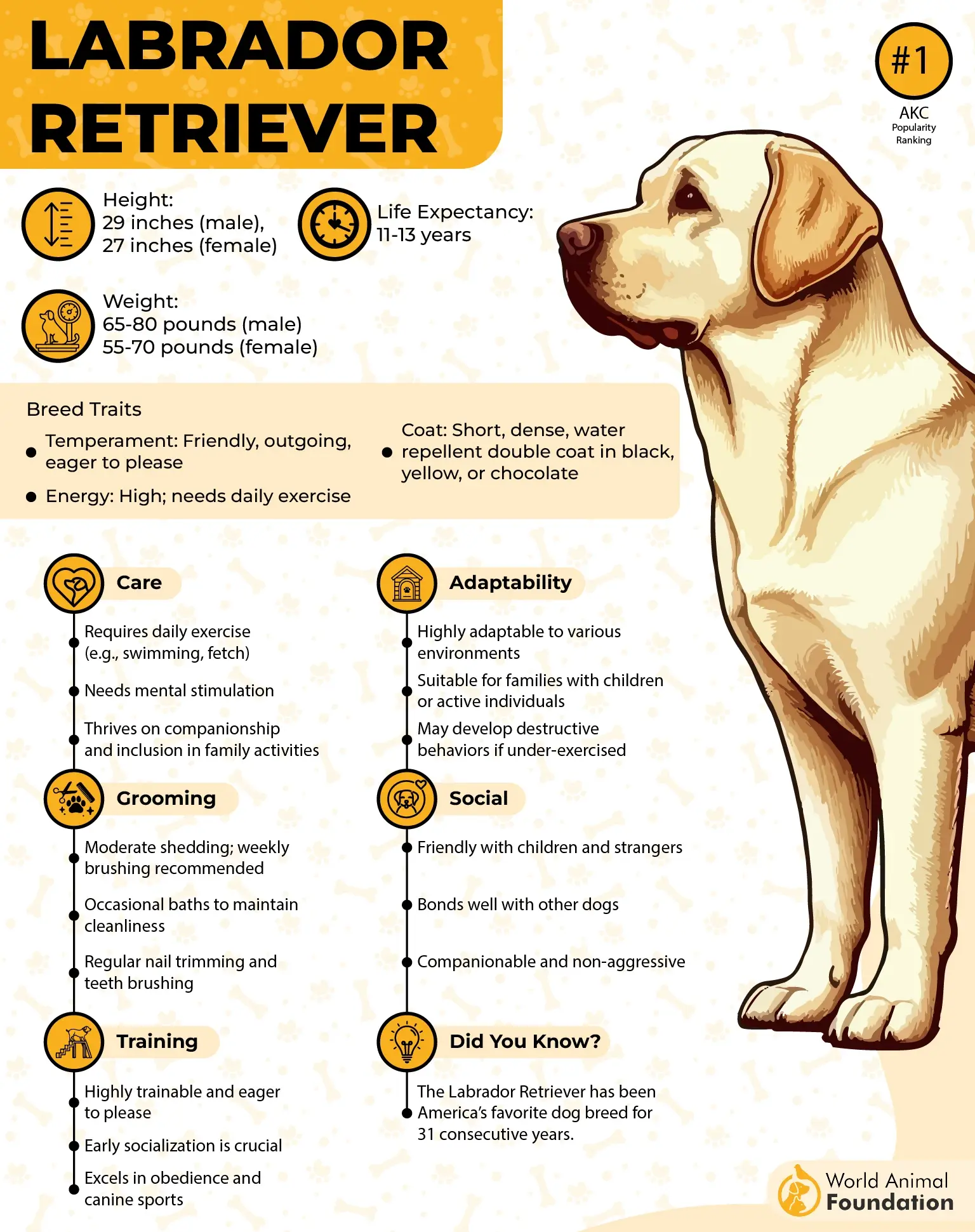
Raised for Responsiveness
As one of the most dependable working breeds, Labradors were shaped to respond quickly, not retreat, as per Petplan. This trait shows in how they seek tasks, listen actively, and stay present without hesitating. Their actions feel deliberate, like they’re built for interaction, not withdrawal.
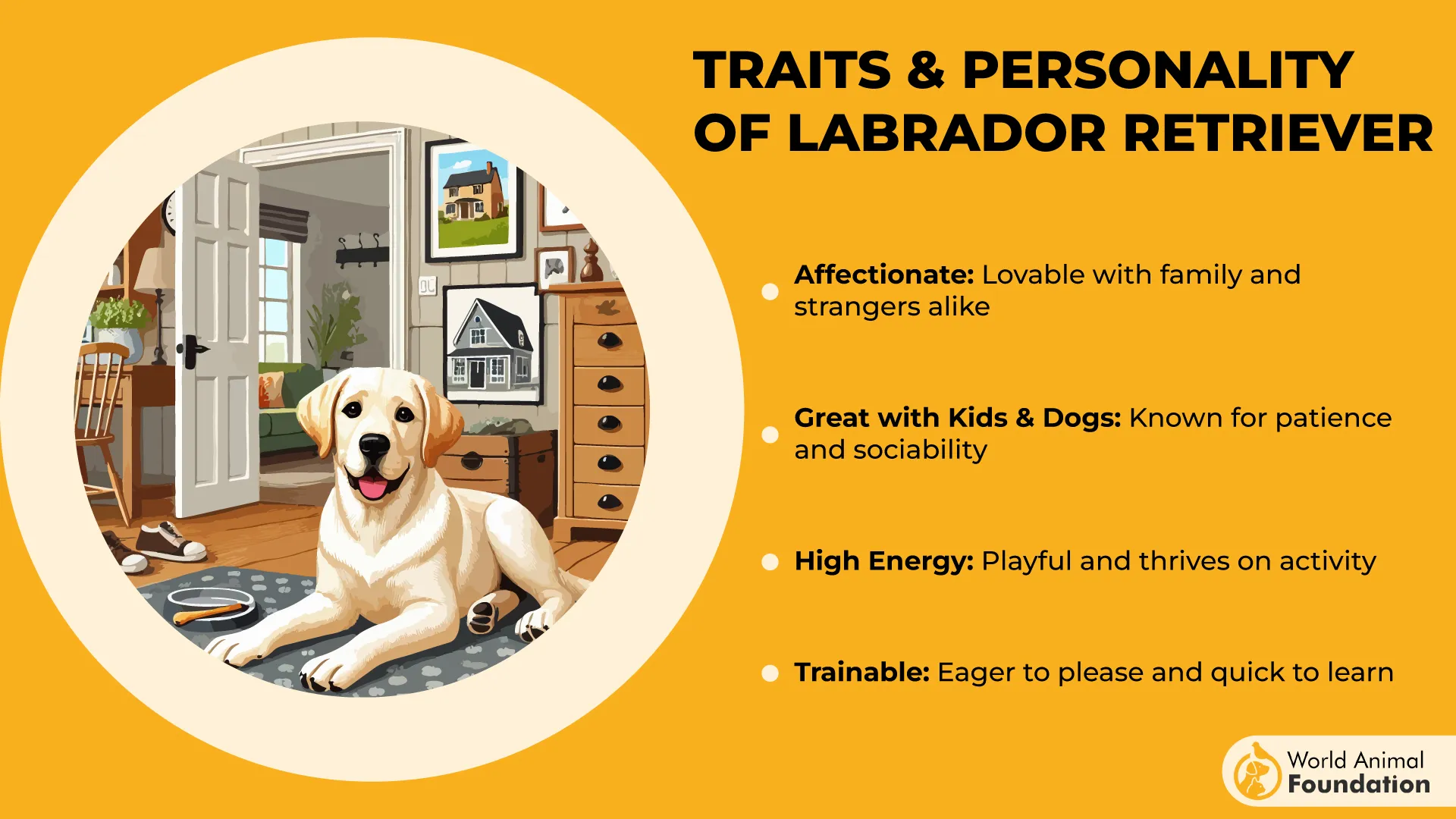
Presence That Connects Easily
There’s something about their eye contact—it isn’t lingering or timid, it’s affirming. You’ll often hear people say, “I just love dogs like this,” and they’re usually talking about Labs. It’s not just charm; it’s a predictable and sincere emotional availability.
2. Golden Retriever
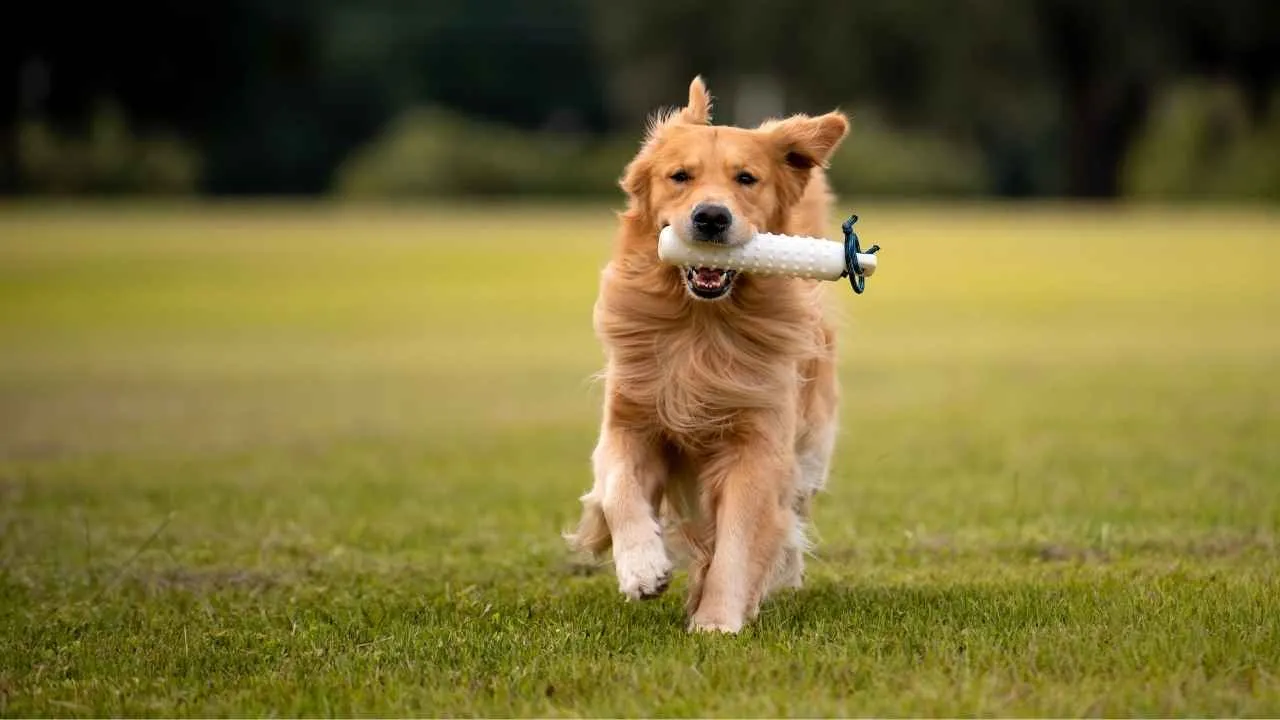
Golden Retrievers hold eye contact longer than most big dogs, often tilting their heads slightly as if absorbing your words. It’s not just a reaction—it’s a pattern that helps them connect faster. This trait plays a quiet but critical role in their disarming presence.
Early Social Patterning
Goldens already show a tendency to move toward sound and touch rather than retreat from it. Breeders have long noted their accelerated adaptation during transitional stages. That early wiring sets them apart from breeds that require extended acclimation periods.
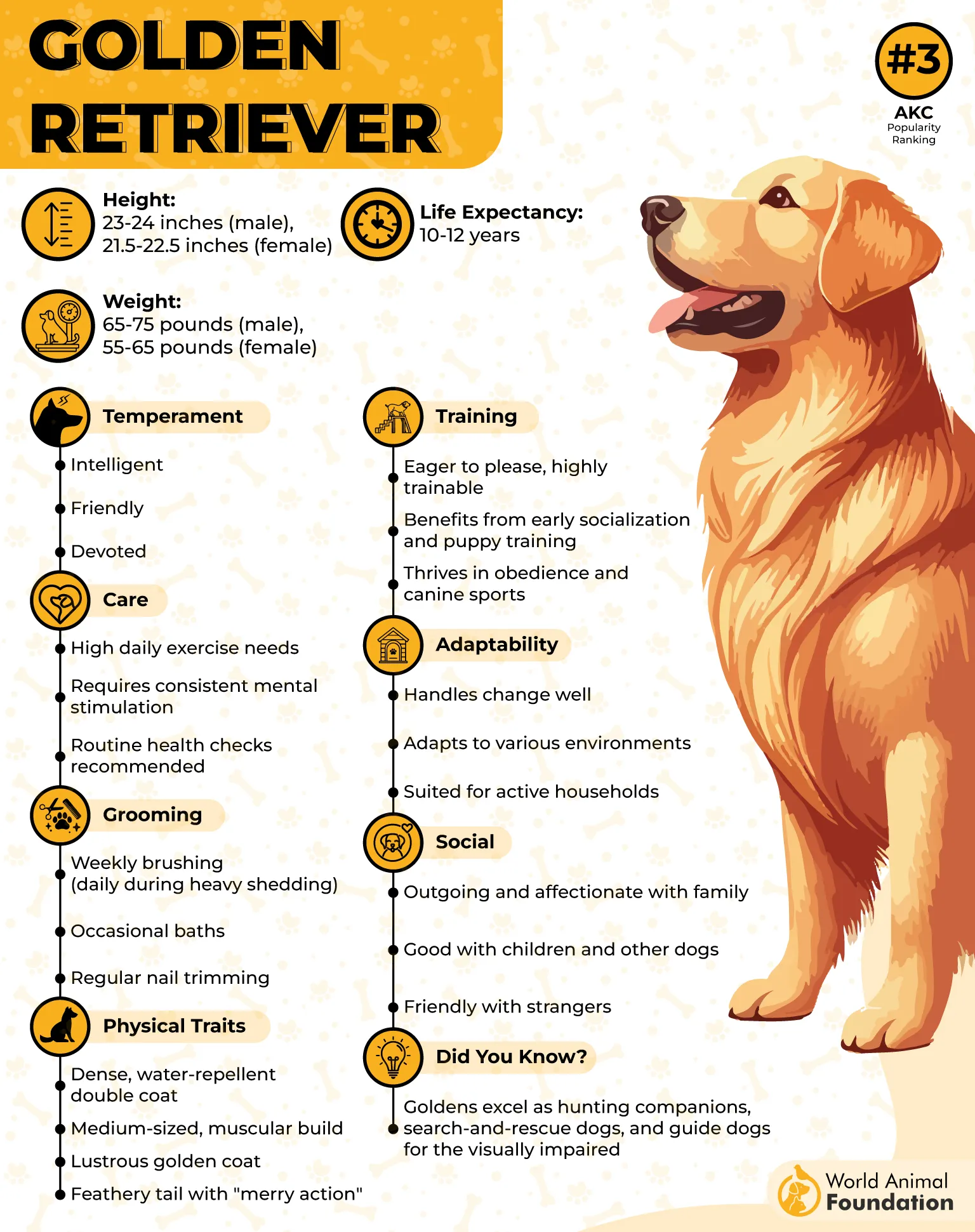
Soft Pressure Tolerance
This certain breed handles crowded or chaotic settings with remarkable nerve control—tail loose, shoulders down, gaze scanning calmly. Whether it’s a hand on the collar or a new surface underfoot, their physical response remains even. This makes them reliable in unpredictable indoor spaces.
Group Dynamics Navigators
Golden Retrievers read room tone as quickly as they read hand signals. They’ll often position themselves between other humans during interaction, gauging comfort levels before choosing a spot to settle. It’s a social precision you won’t see in all the dogs people assume are outgoing.
3. Boston Terrier
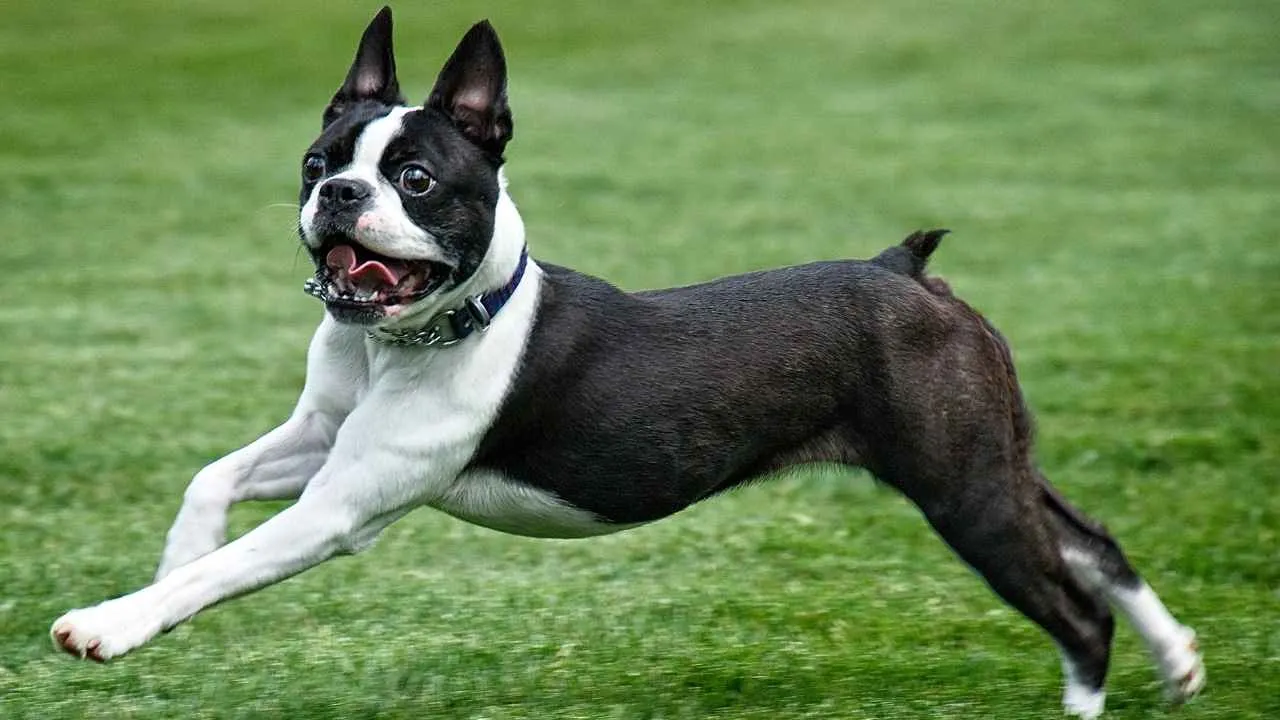
Boston Terriers have a habit of locking eyes before anyone speaks—they scan faces, catch cues, and lean in first. They don’t pause at unfamiliar voices or surroundings; they enter conversations like they belong there. This isn’t learned behavior—it’s wired into how they engage.
Small Frame, Direct Focus
Even in crowded spaces, their gaze doesn’t wander; it stays on the person they’re observing or responding to. You’ll see them tip their head slightly and blink slowly before reacting. That subtle study makes their responses feel like conversation, not reaction.
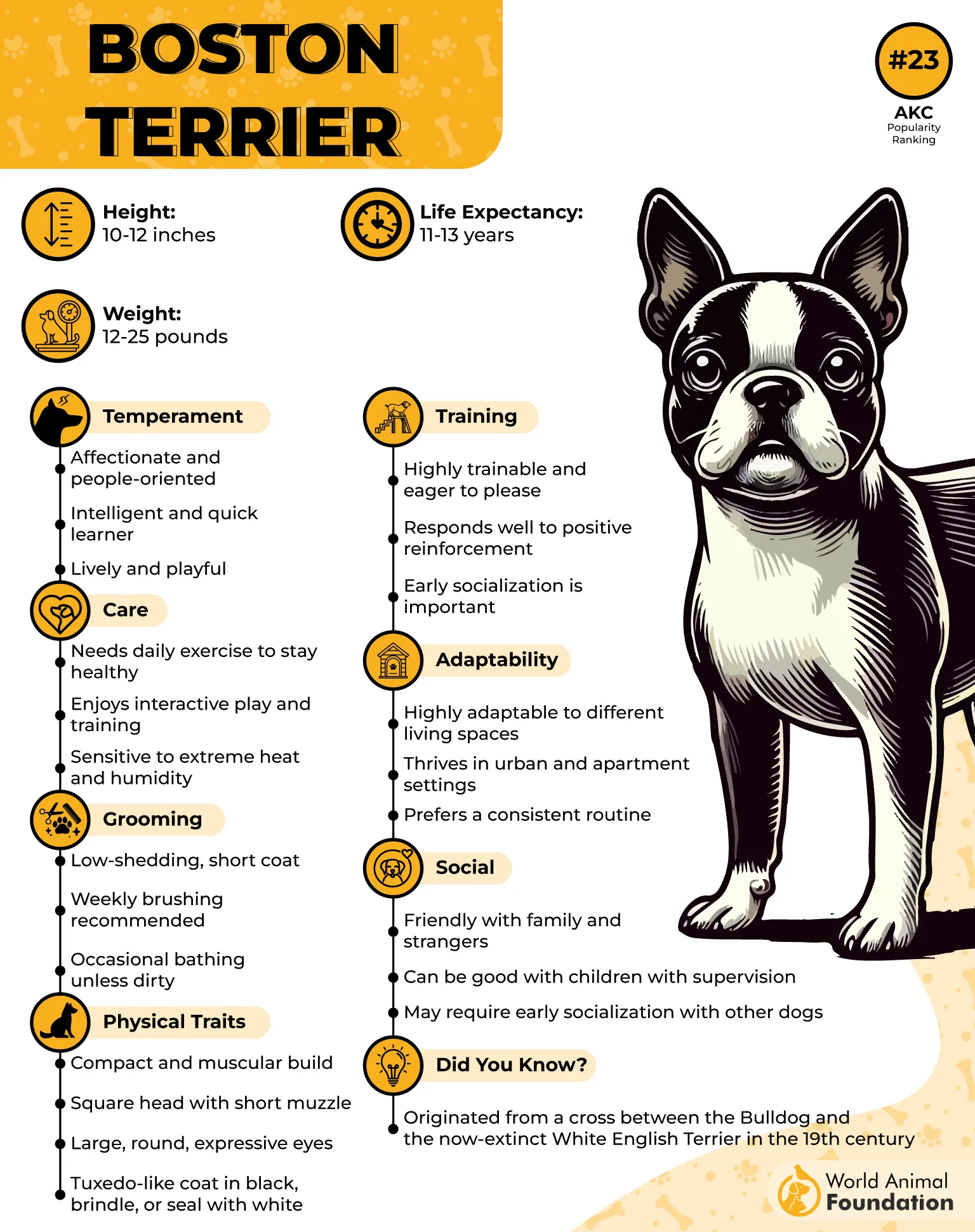
Active Companionship Indoors
These dogs don’t drift into the background when inside—they work closely with whoever’s nearest. Rearranging furniture? They’re watching. Guests at the door? They’re already halfway there, ready to greet with quick, confident hops. They claim space without demanding it.
Presence That Pulls People In
Ask most people to describe a Boston Terrier they’ve met, and you’ll hear about spark, not bark. It’s common for someone to meet one pup and feel oddly reminded by it. That impression lingers, not from charm, but because of a precise emotional read.
4. Poodle
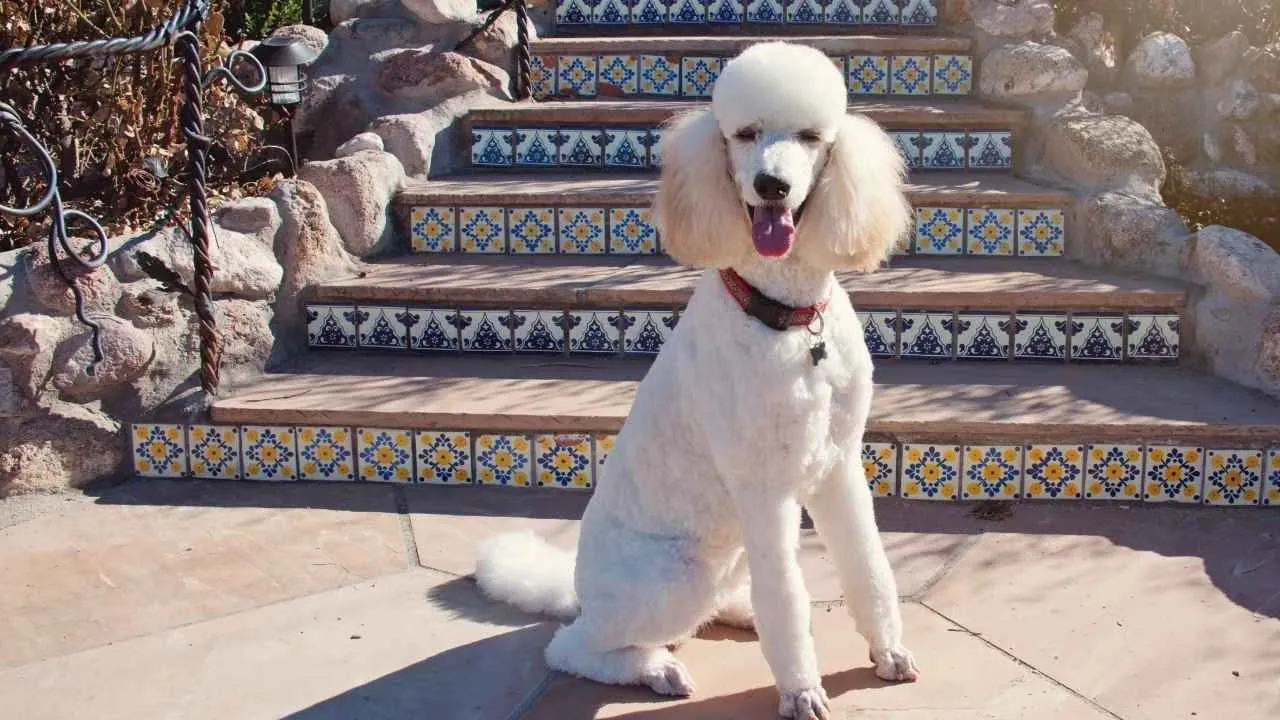
Poodles adjust rapidly to unfamiliar places, often observing for just seconds before engaging. Whether it’s a new training space or a noisy street, they move with purpose and zero hesitation. Their sharp environmental awareness shows in how quickly they locate people, objects, or exit points.
Interaction Backed by Intelligence
Their social confidence isn’t random—it’s reinforced through fast learning and controlled behavior. Trainers note how a Poodle reads tension in a room and redirects attention skillfully. This makes them especially effective around high-energy animals where calm leadership is required.
Emotionally Available, Not Needy
Poodles tend to approach affection on their terms, initiating contact without being clingy. They’re aware of proximity but don’t rely on it, maintaining ease whether surrounded or alone. This balance makes them easier to integrate into a house with varying activity levels.
Consistency in Public Engagement
In busy environments, Poodles hold attention without demanding it. They’re one of the few breeds where strangers frequently comment on posture and focus, not just appearance.
5. Beagle
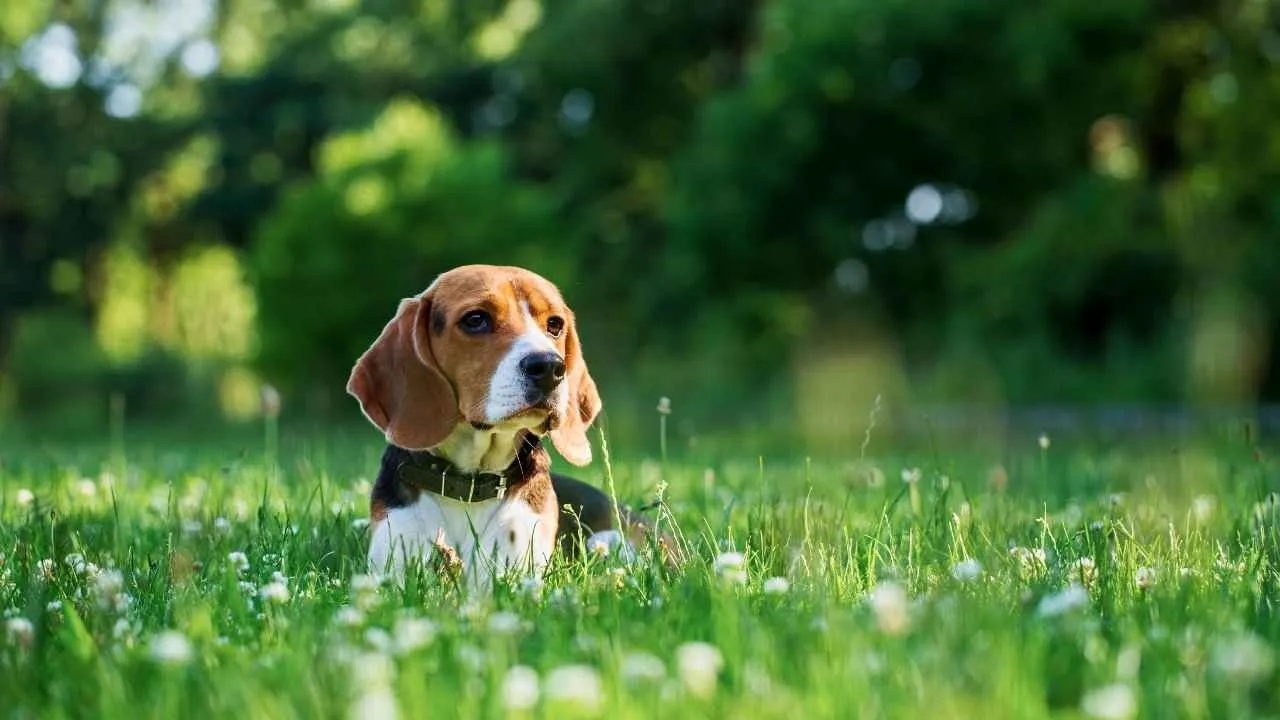
Beagles have a natural curiosity that makes them immediate explorers in any new setting, as mentioned in Vetic. They don’t hesitate—they move, sniff, and observe as if they’ve been briefed in advance. That instant interaction with the environment makes their shyness threshold practically nonexistent.
Comfortable With Human Noise
They don’t withdraw from loud or unpredictable spaces—birthday parties, clattering dishes, unexpected guests. Beagles often respond by pushing themselves further in, tail wagging, and ears scanning. It’s this real-world comfort that gives confidence to owners in active households.
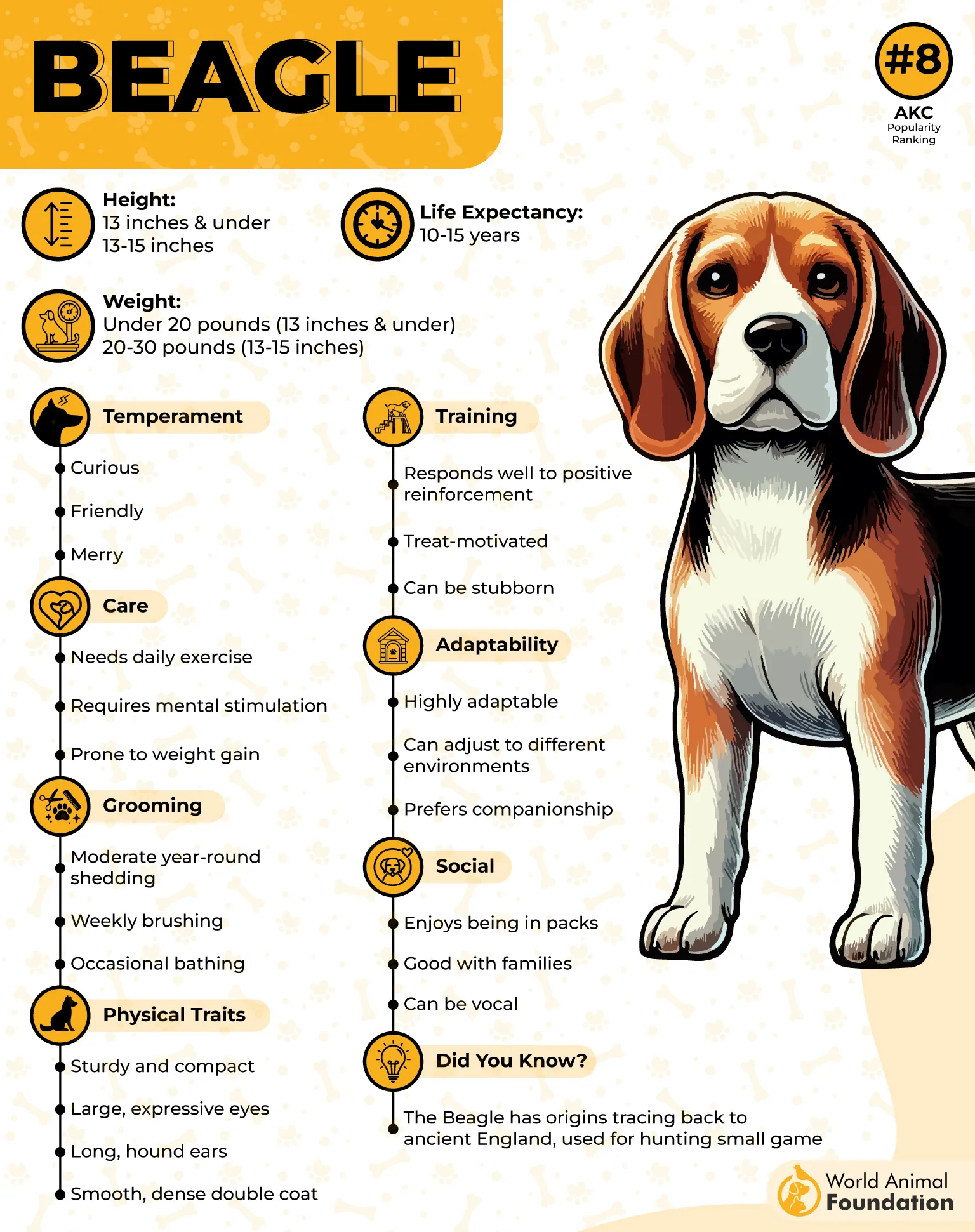
Social Through Movement
Beagles initiate interaction while on the go, rarely sitting idle or observing from a distance. Their confident nature shows up on every walk, where they greet passersby mid-stride like regulars on a route. Movement isn’t a distraction for them—it’s their social rhythm.
Engaged, Not Just Energetic
When involved in any course or tracking activity, they don’t overthink or hesitate—they follow instinct without second-guessing. This commitment makes them especially engaging in training environments, where their steady focus often surprises first-time handlers. Their confidence is wired to purpose.
6. Boxer
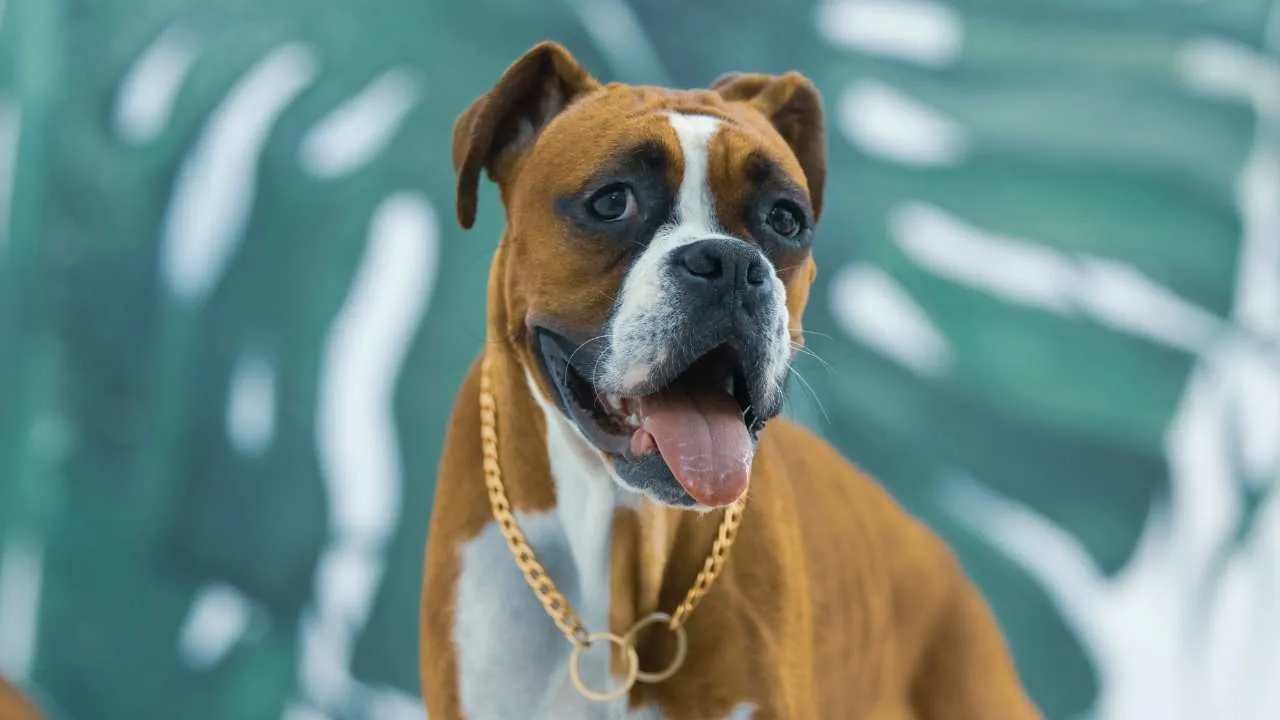
Boxers don’t hold back their energy—they communicate using every part of their body. That distinct “kid-at-recess” bounce, head tilts, and rapid paw movements make them immediately engaging. Their body says “I’m here,” long before a bark ever does.
Fearless Face-to-Face Behavior
This breed is known for maintaining strong, direct eye contact without appearing tense or uncertain. Their upright posture and eager approach create quick familiarity with people. It’s not performance—it’s instinctual social confidence wired into their temperament.
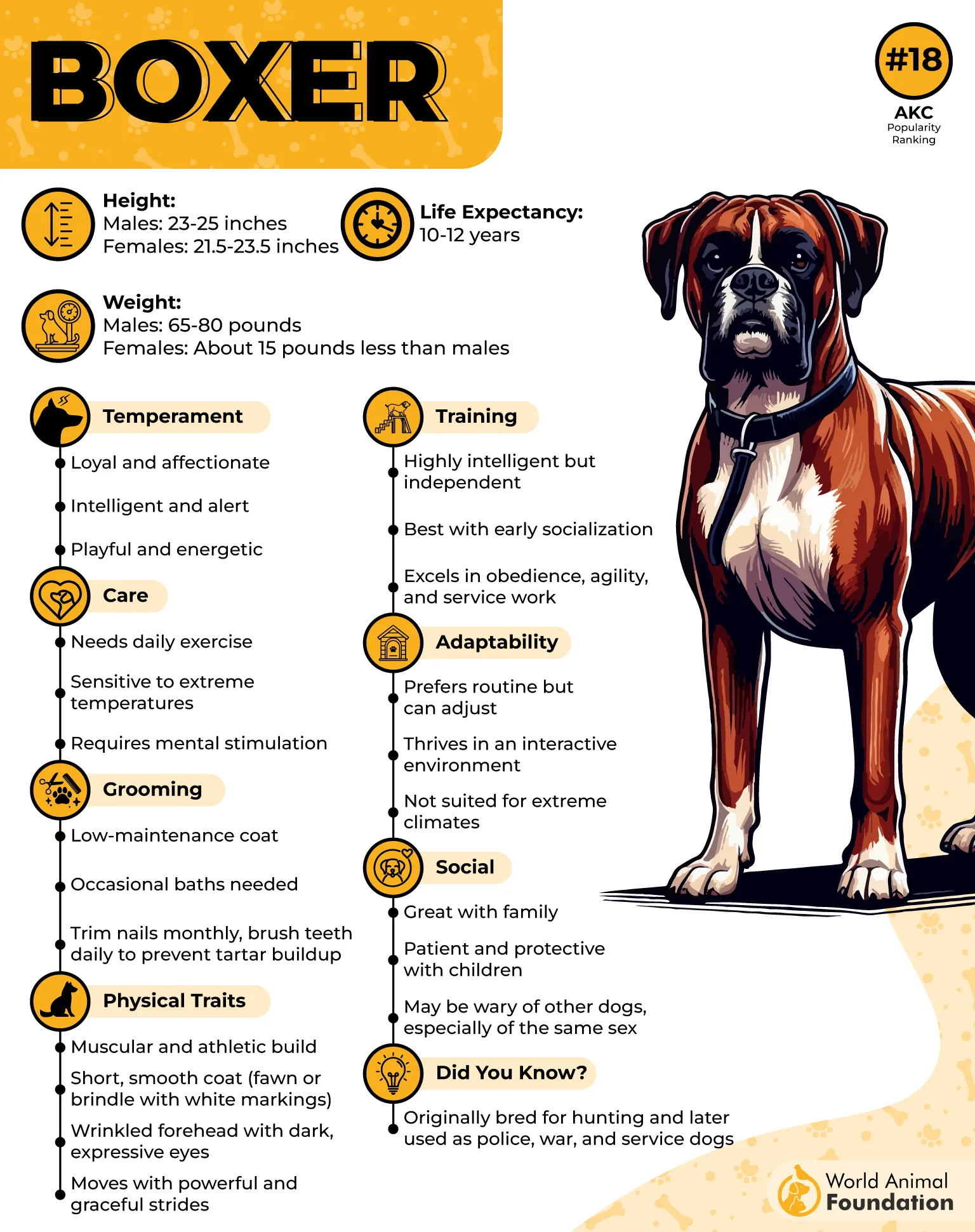
Initiators of Interaction
In unfamiliar spaces, Boxers are often the first to introduce themselves, weaving through crowds like they’ve been there before. They’ll pause in front of someone just long enough for engagement, then move along. This momentum keeps encountering light but frequent.
Loud, But Not Just Vocally
It’s the expressiveness of their movement and the clarity of their intentions that stand out in a group. Their vocalizations are paired with exaggerated facial reactions, giving people immediate cues on how to respond. This creates fast rapport, especially with children and visitors.
7. Pembroke Welsh Corgi
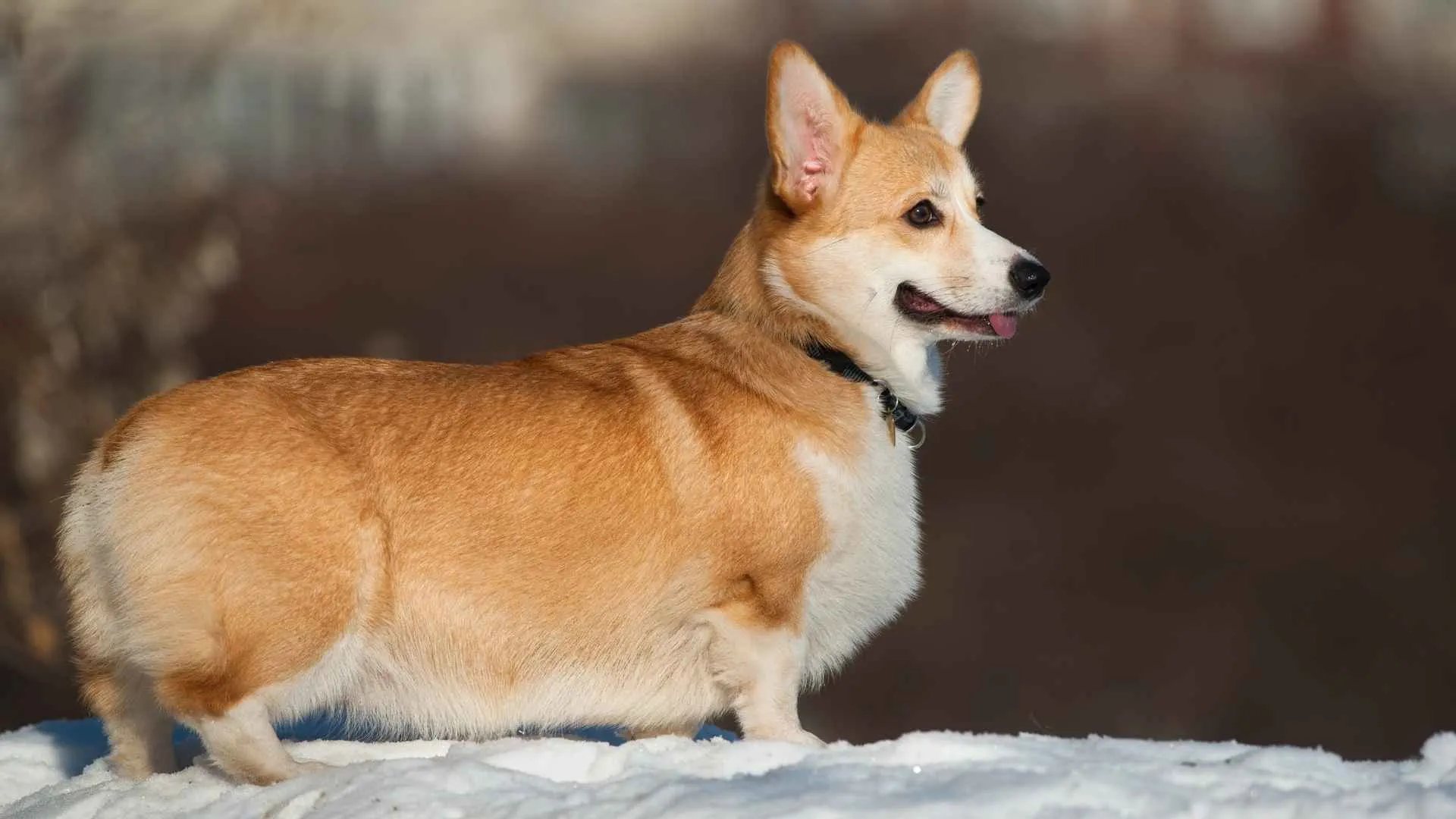
Corgis are small, but they enter new spaces like they’ve been there before—alert posture, forward ears, and ready steps. Their assertiveness isn’t about dominance; it’s clarity. They read environments quickly and respond with unflinching participation, not sideline hesitation.
Natural Leadership Tendencies
Originally bred to control cattle twice their size, they carry that inherited certainty into social encounters. You’ll notice them nudging or guiding people, pets, or even children, as if organizing flow is second nature. Their authority feels practical, not performative.
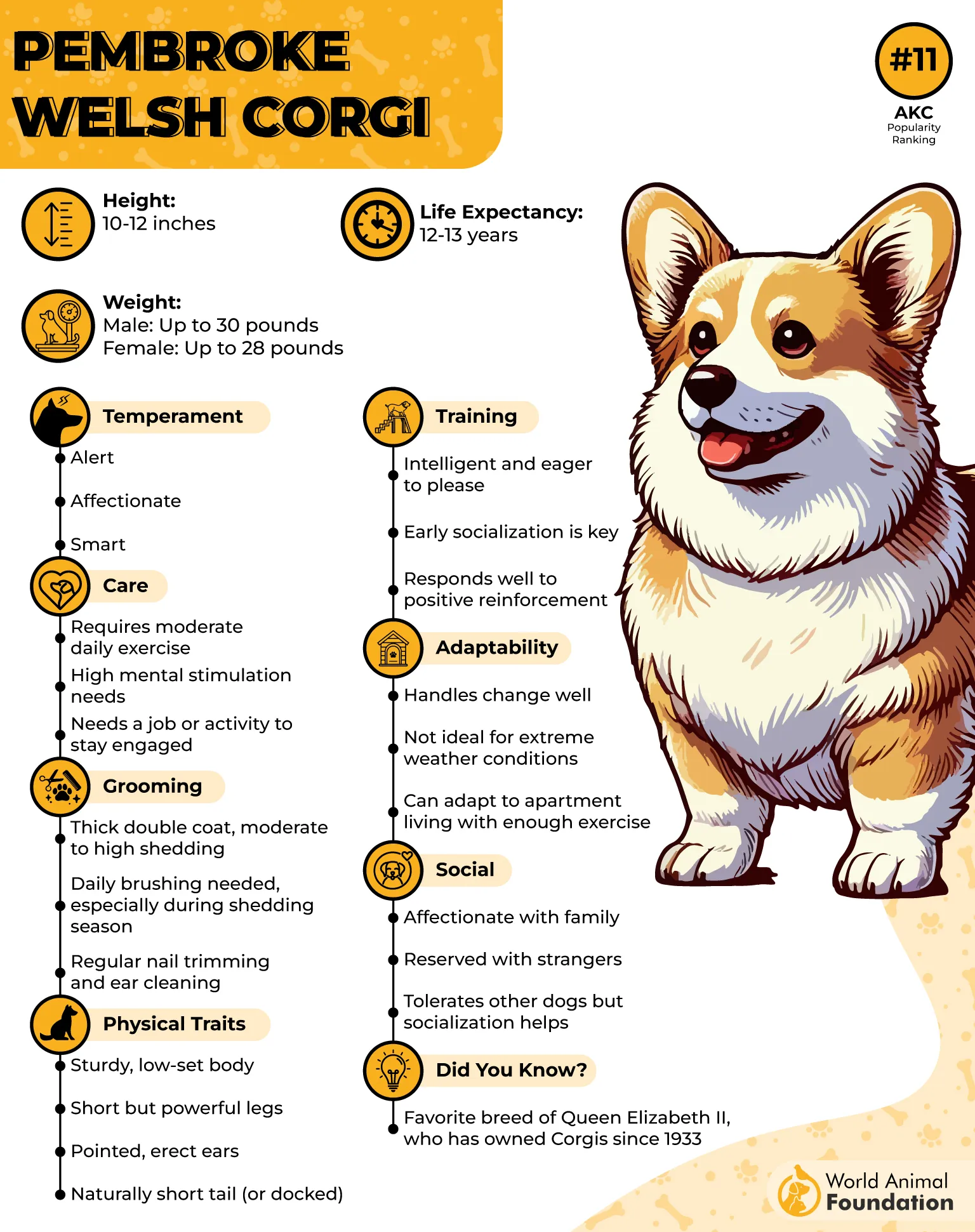
Voice as a Social Tool
This breed doesn’t stay quiet when they can express themselves with purpose. Their vocalizations are often strategic: to announce, to prompt, or to gather attention. It’s communication that reflects control over interaction, not uncertainty in it.
Quick Adapters to Dynamic Settings
Place a Corgi in a high-energy room or event, and they calibrate fast, tail wagging, eyes attentive, body moving confidently between groups. They aren’t overwhelmed by movement or volume. Instead, they seek rhythm and insert themselves where the action is most alive.
Conclusion
In contrast to reactive dogs, who often need close monitoring in social spaces, the breeds you’ve just discovered tend to lean into life rather than shrink from it. Their confidence isn’t just impressive—it’s practical.
Whether you’re hosting guests or walking through a chaotic city street, these dogs don’t just tolerate the noise—they move through it with natural calm. They make it easier to enjoy life with a companion who feels as steady as they look.
And in a world where so many dogs need time and coaxing, it’s a rare gift to find one who’s already ready. Now you know which ones are.


